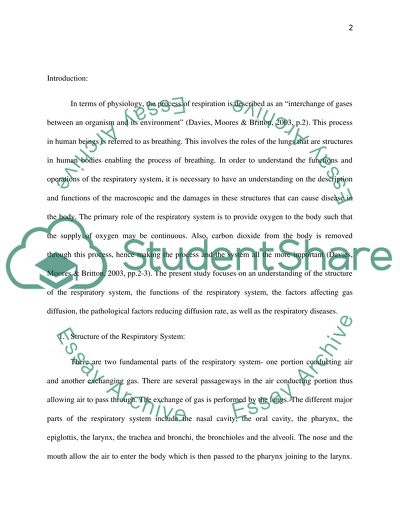Cite this document
(“Respiratory Essay Example | Topics and Well Written Essays - 1750 words”, n.d.)
Retrieved from https://studentshare.org/health-sciences-medicine/1466015-respiratory
Retrieved from https://studentshare.org/health-sciences-medicine/1466015-respiratory
(Respiratory Essay Example | Topics and Well Written Essays - 1750 Words)
https://studentshare.org/health-sciences-medicine/1466015-respiratory.
https://studentshare.org/health-sciences-medicine/1466015-respiratory.
“Respiratory Essay Example | Topics and Well Written Essays - 1750 Words”, n.d. https://studentshare.org/health-sciences-medicine/1466015-respiratory.


